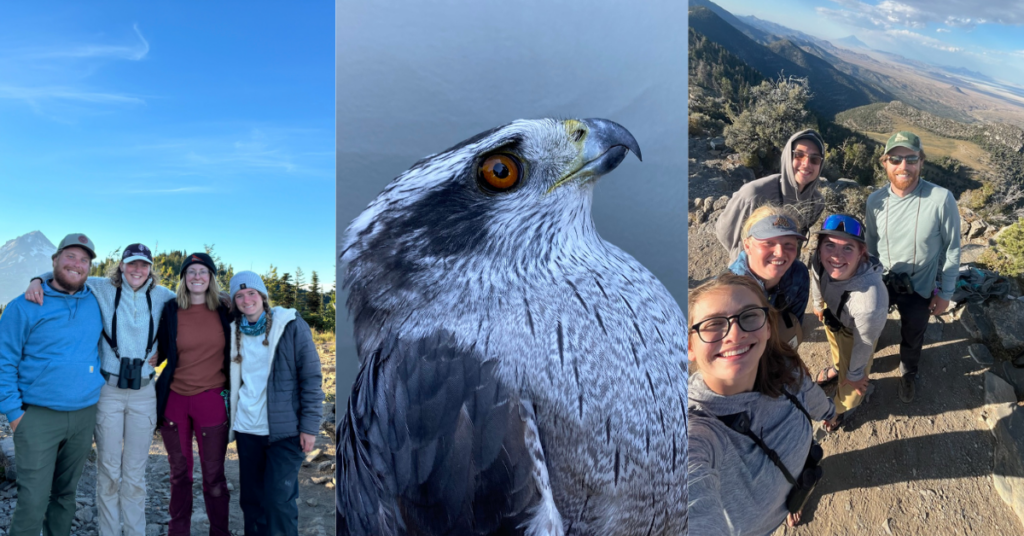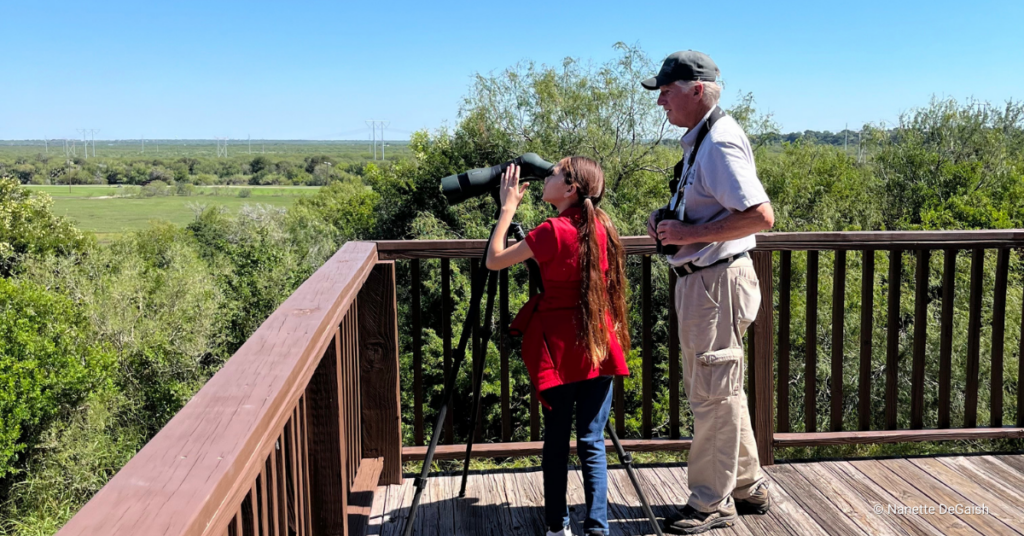“What do they eat?” is one of the most common questions we get about American Kestrels. The easy answer is, well, all kinds of things! One reason kestrels are among the most common raptors in North America (or at least used to be) is their flexibility—in habitats, nesting sites, and diets. American Kestrels eat a broad array of small prey items, ranging from grasshoppers to voles to more exotic items, including small trout! However, little research exists about how their diets vary geographically and across landscapes. Driving around a dense city setting, you might see a kestrel near downtown and wonder—what do those urbanite birds eat? Conversely, you might hike through an open sage steppe or desert landscape and wonder what kestrels find to eat out there.
We are quite excited to announce the launch of a new remote community science opportunity where you can help generate data to address these very questions! Understanding what kestrels eat and if diets differ across landscapes is valuable because it connects diet to possible drivers of American Kestrel decline. Kestrel population declines across much of North America are well documented, with proposed causes including landscape change, loss of nesting cavities, loss of prey, and exposure to environmental contaminants.

Female kestrel with grasshopper for young in her nest box.
To gather diet data, our biologists install small cameras in select American Kestrel nests to record parents delivering food to nestlings. In just two years of collecting video, our cameras captured thousands of hours of footage, and we plan to keep deploying cameras this year and beyond! Our next step is to carefully review all of this footage and collect data on delivery rates, food items delivered, and some other behavioral observations. Needless to say, this is an immense effort, and we could use your help!
This effort is part of our larger CARES program (Cavity Adopting Raptor Ecology Studies—our team loves a good acronym). We’re approaching the 11th nesting season of our long-term program studying American Kestrels and other raptors that adopt cavities for roosting and nesting. Our team of HWI staff, interns, partner organizations, and an amazing and diverse group of volunteers gather data on nesting kestrels and small owls every spring and summer across over 500 nests. We recently expanded the CARES research program to examine diet and movement patterns in addition to breeding success and survival. To better understand how landscapes, movement, and diet may impact outcomes for kestrels, we place GPS trackers on kestrel parents at some of the nests we follow. These spatial data sets are essential to tie together such questions as: where are kestrels going, and what do they eat in these areas? Does diet relate to home range size? Does their diet and home range size impact their breeding success or individual survival?

So, if you like watching wildlife or have ever wondered what these colorful little falcons do inside their nests, this is your chance to join the CARES Community Science Team and find out! This opportunity offers a rare and intimate glimpse of bird behavior in the nest. It’s quite fun to watch nestling kestrels as they grow up and see the parents’ behaviors!
You can sign up to review a video here. Doing so will send you an email containing the link for your selected video and instructions on how to collect data.
If you prefer to help conserve kestrels in the field and happen to live in Salt Lake City UT, Moscow, ID, or Tucson, AZ, you can learn more about monitoring nest boxes during the breeding season here at our March 7th volunteer orientation.
Don’t hesitate to reach out to kestrels@hawkwatch.org if you have any questions about either of these opportunities!
This blog was written by HWI’s Field Biolgist, Kate Sweet. You can learn more about Kate here.


